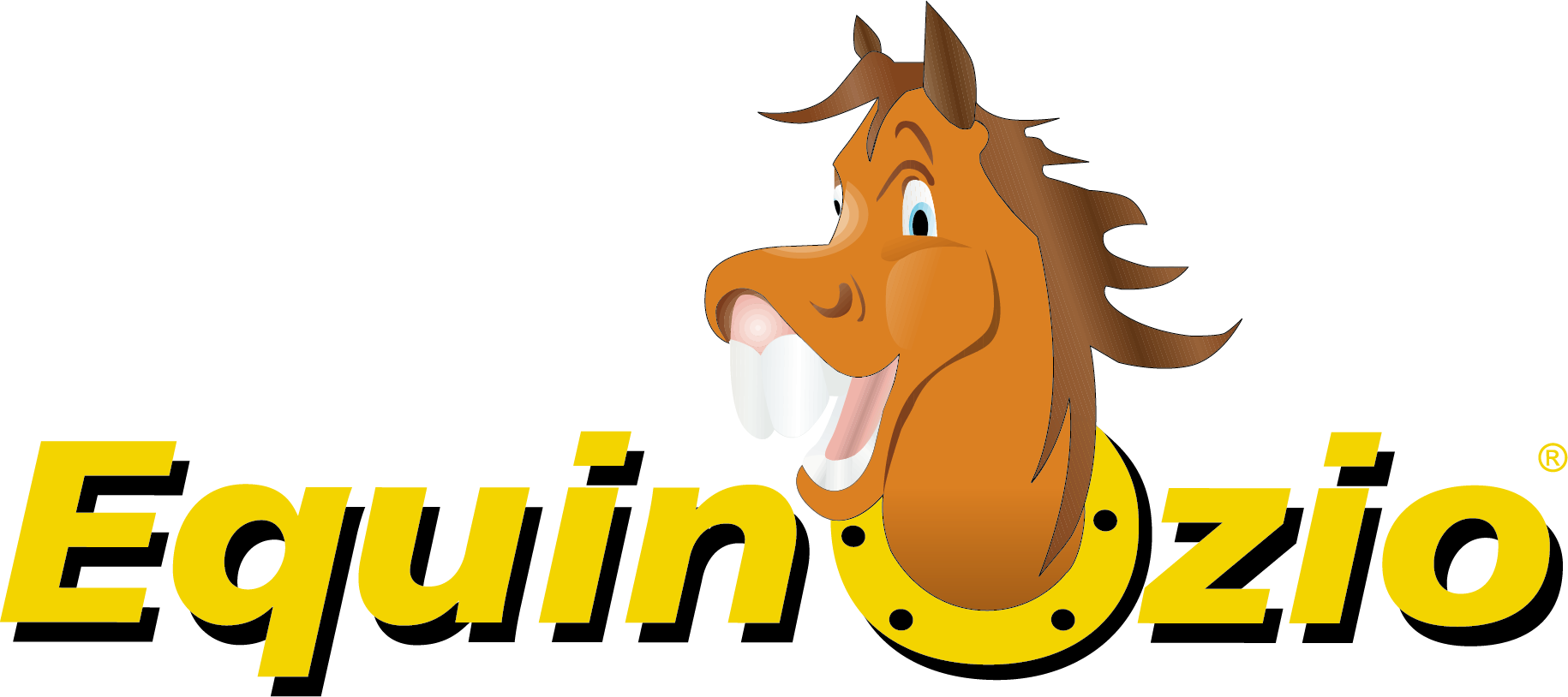Equinozio is born one evening more than twenty-five years ago following a card game with two of my friends. We played with a bunch of Neapolitan cards and, for fun, we improvised an impromptu “race” among the 4 “pacifiers”. The rules of the competition at the time are only a memory but they proved to be engaging in the progress of the game.
That night, left alone, I thought of the impromptu race while, impetuously, an increasing amount of horses and winning combinations crowded in my head. I began to write down the names of the horses, limiting the selection to a dozen items. Those that I was transcribing were names, or expressions, dialectal with a strong “characterization”.
Within a few days that list of names turned into a picturesque stable and each horse took on, with quick strokes of ink, the “character” hidden in the name acquiring its “temperament”. Those 12 designed cards were resized, photocopying them, to the format of the French playing cards. Each horse, duplicated and cut out, was mated to the front of the French playing card. A friend photographer provided to laminate the coupled cards by hand to form a deck of a hundred cards (where the 10 horses I had chosen were represented, each horse reproduced in 10 copies).

I needed a running field to run the horses!
I was already clear about the modalities of the process. Cut out the cards (type placeholders) with the indication of the distance, divided by one hundred meters; 10 cards (to be distributed sideways along the way, as “milestones”) formed a path of 1,000 meters.
A thousand meters was placed the arrival of the race (later, after a few years, the cards “stroke mark” were replaced by a refined “carpet race”, hand painted and divided into 10 hundred-meter strips separated by a “hedge” “). There was still no board with the order of arrival and the coupons for betting. Within a few days both were ready. We had to test the game!
It was near the Christmas holidays and I organized a bingo at my house. When the guests arrived (about twenty people) I proposed to let go of the bingo and to experiment with the new game. With a little skepticism, I was satisfied. I briefly explained the rules and, from the first races, the success was striking.
To make “run” the horses (the original drawings of the 10 “pilot” cards), lined up at the beginning of the race on the starting line of the “running field”, provided my children then children. The horses depicted on the pilot cards advanced in the sequence of the cards that came, gradually, discovered by drawing on the deck of 100 cards.
I commented on the progress of the race, underlining chases, side-by-side and overtaking to “feel” the race for the participants. At the end of each race the “cheering” for the horses in the race arose unexpectedly and the general enthusiasm that was manifesting me confirmed that the intuition to transfer, around a table, the climate of the horse races was successful. At the end of the evening we planned a further “play” after a few days and so it went on for over 25 years.
Over time the game has evolved and every year has seen the number of participants and enthusiasts grow: a new bet to increase the suspense and offer unprecedented possibilities of winning, the myth of a horse that never won, all contributed, year after year, to transform a simple “card game” into a complex and exciting competition among horses, over time become “characters”, with an absolutely authentic and “noisy” participation of the bettors.
Over the years some dialectal names, with a poorly understood sound beyond the local borders, have been “Italianized” in the perspective of a wider diffusion of the game, while retaining their original meaning. The graphics have been enriched giving a “professional” look to the various elements of the game.
The transcription of the regulation was the last piece of Equinozio that today is proposed on the market in various languages to present this extraordinary stable to a wider audience that thrills adults and children!

The author
Gianni D’Antonio
